Observers tracking a piece of space debris that is expected to impact the far side of the Moon early in March have now corrected the origin of the object, which isn’t from SpaceX but is from a Chinese Long March 3B involved in the Chang’e 5TI mission. Plus, asteroid 16 Psyche, craters in Wyoming, more launches, and an interview with Katharine Hesse from the TESS mission.
Podcast
Show Notes
Psyche may not be so metal after all
- Brown press release
- “Porosity Evolution in Metallic Asteroids: Implications for the Origin and Thermal History of Asteroid 16 Psyche,” Fiona Nichols-Fleming, Alexander J. Evans, Brandon C. Johnson, and Michael M. Sori, 2022 February 1, JGR: Planets
The Earth cratered itself 280 million years ago
- GSA press release
- “Secondary cratering on Earth: The Wyoming impact crater field,” Thomas Kenkmann et al., 2022 February 11, GSA Bulletin
Indian rocket launches Earth observation satellite
- PSLV-C52/EOS-04 Brochure (ISRO)
- NASA press release
- Launch video
Russia launches ISS resupply spacecraft
- PDF: Progress MS-19 press kit (Roscosmos)
- The payload of the ship “Progress MS-19” (Roscosmos)
- As part of the Radioskaf space experiment, 10 satellites will be launched (R4UAB)
Space Junk hitting the moon not SpaceX
- The University of Arizona press release
- Corrected identification of object about to hit the moon (Project Pluto)
- PDF: Beyond Earth: A Chronicle of Deep Space Exploration, 1958-2016 (NASA)
- PDF: Manfred Memorial Moon Mission (4M): development, operations and results of a privately funded low cast lunar flyby (Digital Commons)
NASA’s TESS reaches TOI milestone
- MIT press release
Transcript
Remember that rocket part that is supposed to impact the far side of the Moon next month and how we all thought it was from a SpaceX launch? Well, it turns out it’s not. New calculations and observations revealed it’s from a Chinese launch.
Plus, we have several other launches to cover today as well as news about asteroid 16 Psyche and some cool craters in Wyoming. And after all of those stories, we have an interview with Katharine Hesse from MIT and NASA’s TESS mission.
All of this now, right here on the Daily Space.
I am your host Dr. Pamela Gay.
And I am your host Beth Johnson.
And we’re here to put science in your brain.
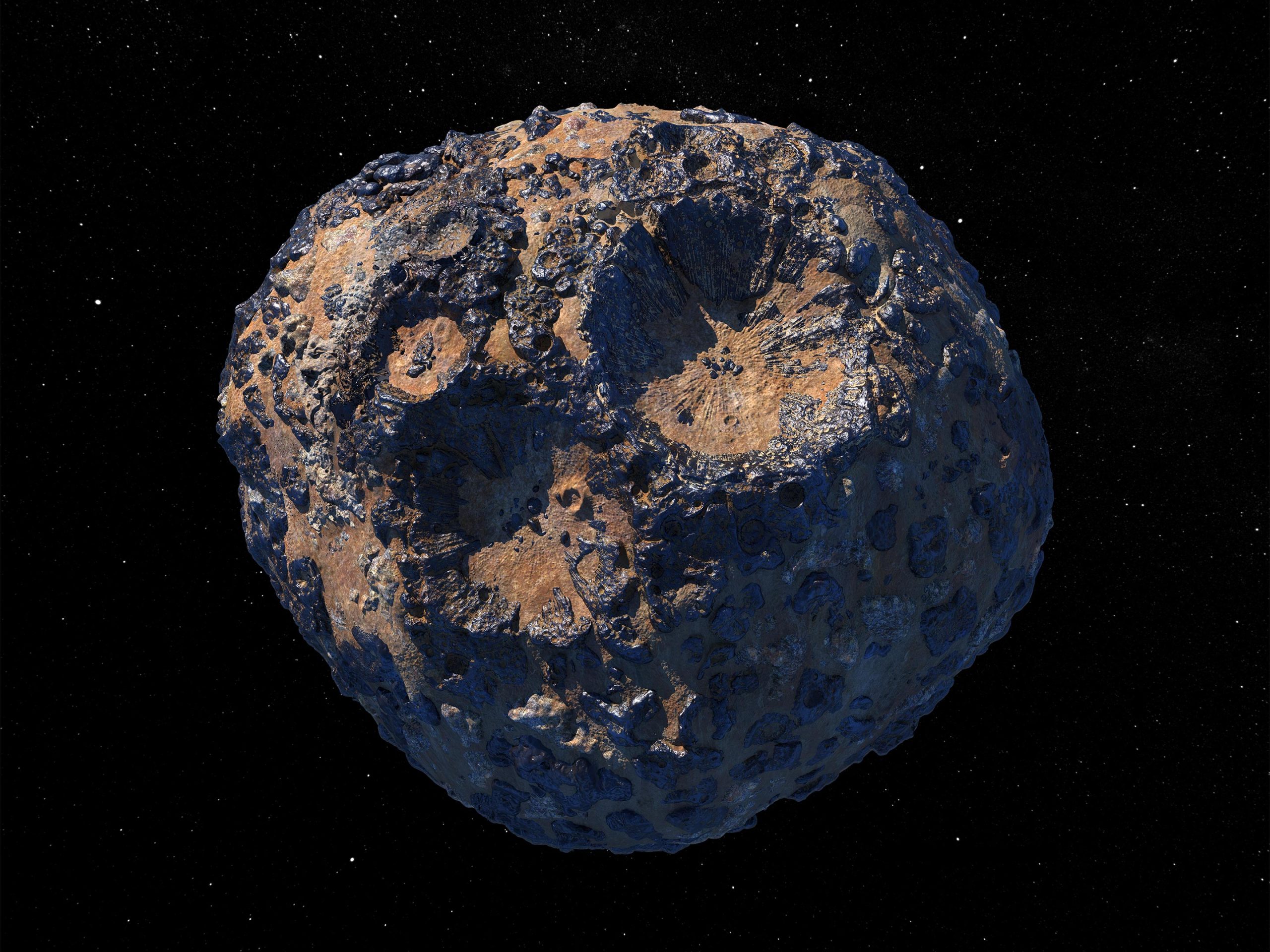
A new mission is expected to launch this year to go and examine an interesting asteroid, 16 Psyche. That asteroid is thought to be made almost entirely of iron, suggesting that it could be the core of a larger body that either never fully formed or was somehow destroyed in a collision. There was even one article running around last year that estimated the value of Psyche’s metals as somewhere around $10 quintillion. No, seriously. Someone wrote that.
However, before all those wanna-be asteroid miners get their hopes up, new research published in JGR: Planets now suggests that Psyche is less metallic than previously thought. While light reflecting off the surface of the asteroid does suggest a darkness that belies a metallic composition, measurements of the mass and density do not match up with that hypothesis. In fact, per the press release: The way [Psyche’s] gravity tugs on neighboring bodies suggests that Psyche is far less dense than a giant hunk of iron should be. So if Psyche is indeed all metal, it would have to be highly porous — a bit like a giant ball of steel wool with nearly equal parts void space and solid metal.
Lead author Fiona Nichols-Fleming explains: What we wanted to do with this study was see whether it was possible for an iron body the size of Psyche to maintain that near-50% porosity. We found that it’s very unlikely.
For Psyche to have remained that highly porous, the internal temperature after formation would have had to be a rather cool 800 Kelvin. Otherwise, the iron would still be malleable, and the asteroid’s own gravity would have collapsed all the pore space and created a smaller, denser object. At 250 kilometers across, it couldn’t have cooled that quickly. Additionally, any impact that could have added that porosity back in by splintering the asteroid would also have heated it up above that same 800 Kelvin threshold, meaning that porous state wouldn’t last, either.
This new model suggests that Psyche may be hiding a rocky component that is making the asteroid less dense overall. So why does it look so very metallic as seen from Earth? My new favorite word – ferrovolcanism. Iron-spewing volcanoes. They could exist, they could have been on Psyche, and they would have moved internal iron to the surface, coating it like a cake pop.
Well, I was looking forward to the Mission to Psyche before today, but now I’m really looking forward to it. It should launch later this year and arrive at 16 Psyche in 2026. We’ll bring you updates as we get them and cover the launch when it happens.
Of course, not everything interesting is happening out in space. Back on Earth, we’ve still got mysteries to solve.
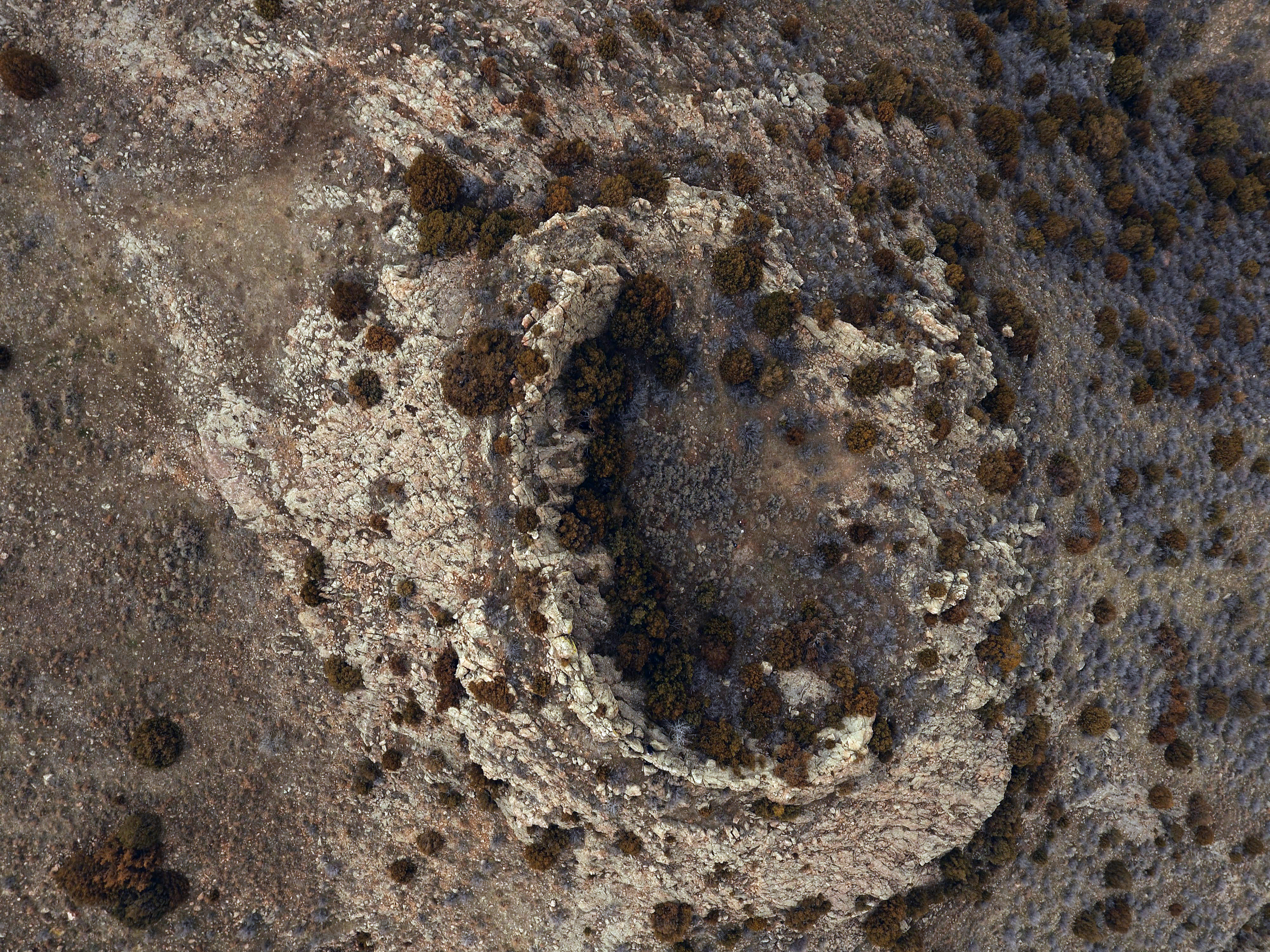
One of the more frustrating things about our planet is old structures gradually get filled in and hidden beneath layers of plants, dirt, and all the material that is carried in the wind. On a personal level, my lawn is determined to consume and hide stepping stones. On a more global level, we see ancient cities lost beneath millennia of sedimentation and dinosaur bones lost into what have become mountains.
Trying to understand the history of our world is made a whole lot more complex because the details of our past are literally filled in with dirt.
Worlds like the Moon and Mercury show their entire history on their surface, and even Mars has billion-year-old features still well defined on its face. These ancient features allow us to understand that planets and moons are experiencing regular rockfall, and when large enough asteroids hit a world, we see radial streaks of material and smaller craters that are caused by the excavated material going up and coming back down.
These secondary craters and radial streaks are easy to make out on other worlds but had never been found on Earth, until now.
Researchers examining 10-70 meter craters in a layer of Permian era rock and soil, discovered these 280 million-year-old features are aligned and shaped in specific ways that indicate these are not the result of a broken-up rock falling in chunks from the sky but instead are Earth’s first example of our planet hitting itself. Following the physics points toward these Wyoming craters resulting from the formation of a 50-65 kilometer diameter crater that is deeply buried somewhere near the Wyoming-Nebraska border.
When we look at the Moon and other rocky objects and see a world of craters, we are seeing what has also happened here. Our world just likes to fill in its craters and hide its scars.
Next up, all the rocket launches.

On February 14 at 00:29 UTC, an Indian PSLV rocket launched the EOS-4 radar satellite into a sun-synchronous orbit from the First Launch Pad at the Satish Dhawan Space Center in Southern India. This was the 54th PSLV launch since the first one in 1993.
Seventeen minutes after launch, the fourth stage of the launch vehicle separated EOS-4 and the two other smallsats into orbit. EOS-4, also known as RISAT-1A, is a C-band synthetic aperture radar satellite. Like similar satellites, it will be used for agriculture, flood mapping, and forestry. It will complement other remote sensing satellites operated by India, such as Cartosat and Resourcesat.
Another satellite on PSLV C52 was INS-2TD. It is a type of remote sensing satellite, this time with a thermal camera. This sensor is useful for surface temperatures and differentiating between types of vegetation such as crops and forests. INS-2TD is a technology demonstrator trying this sensor out for the future INS-2B satellite.
Finally, INSPIREsat-1 is a student satellite built as a collaboration between four universities in India, the USA, Singapore, and Taiwan. It will investigate the atmosphere of both the Earth and the Sun. Its payload is funded by NASA and is called the Miniature X-Ray Solar Spectrometer 3 or MinXSS-3. This experiment will investigate the soft X-rays released during solar flares, specifically how they interact with the Earth’s ionosphere.
The soft X-rays from solar flares can interfere with radio wavelength signals traveling through the ionosphere. Before this experiment, which has flown on two previous CubeSats, soft X-rays had not been studied. The experiment will also help scientists explain how the Sun’s outer atmosphere, the corona, is heated.
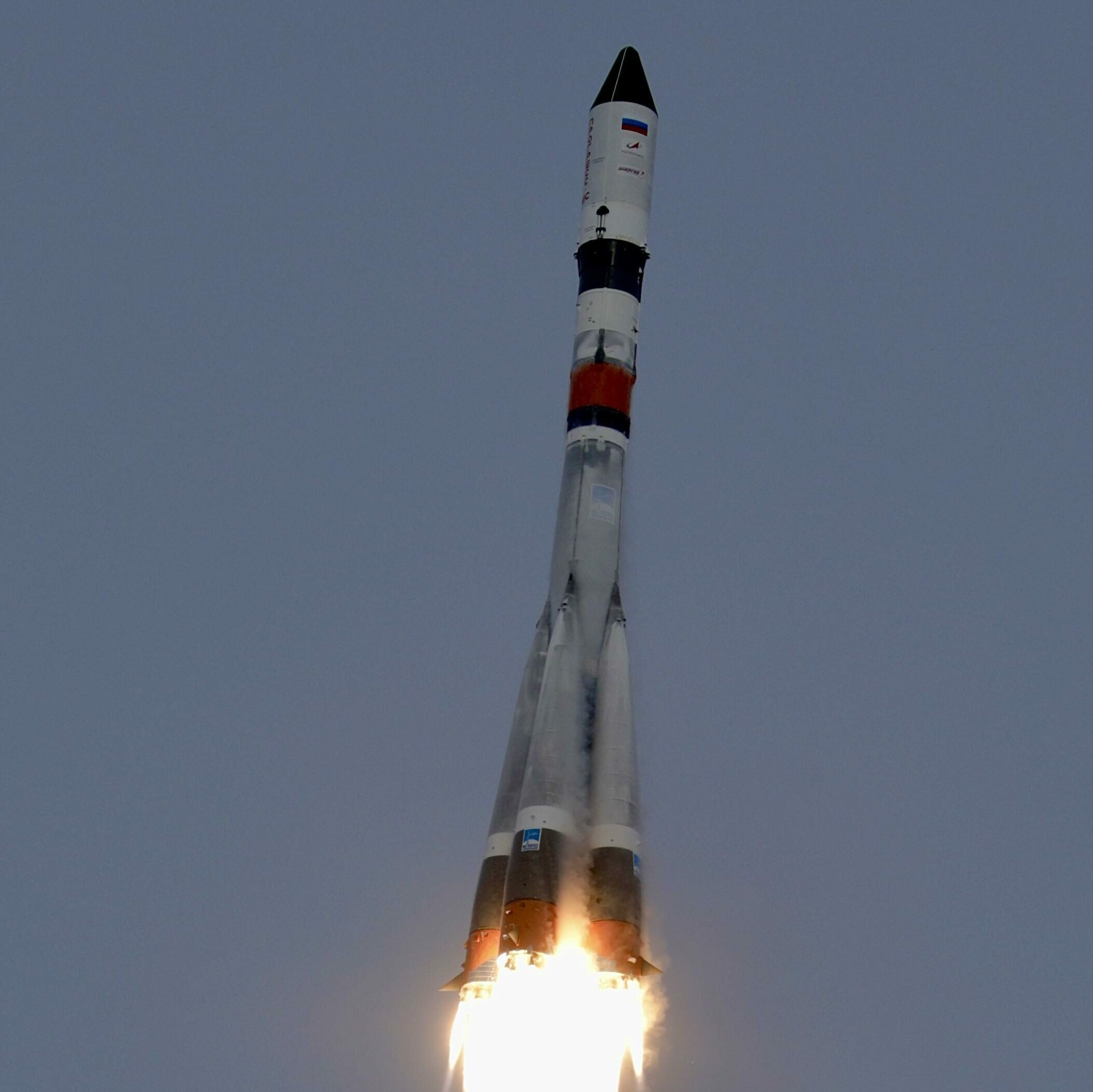
Also on February 14, a Russian Soyuz 2.1b launched the Progress MS-19 spacecraft towards the International Space Station (ISS) from site 31/6 at the Baikonur Cosmodrome in Kazakhstan, marking the 418th launch from that pad since 1961.
Just under nine minutes after launch, the spacecraft was separated from the Soyuz third stage and began its two-day flight to the ISS. Crewed Soyuz takes the fast track, but supplies can take their time.
Progress MS-19 is the eightieth Progress spacecraft to visit the ISS and the 172nd overall since the first one visited Salyut 6 in 1978. Progress MS-19 is loaded with 2,523 kilograms of cargo. This includes 1,500 kilograms of supplies and experiments for the Russian segment of the station.
Some of these experiments include the “biodegradation” experiment, which will investigate the breakdown of microscopic organisms on materials and their effects on the structural stability of the material. Another is “biomodule”, which will investigate producing food and oxygen from the spirulina algae.
The rest of the cargo is 431 kilograms of propellant for the station’s engines and 421 liters of water for the life support system which, because it is in the rational measurement system, weighs 421 kilograms. Rounding out the supplies is 40 kilograms of nitrogen for the station’s atmosphere.
MS-19 also contains six CubeSats, Radioskaf 10 through 17, designed and built by the Southwestern State University in Russia. These will be deployed from the ISS by hand during a spacewalk.
Progress MS-19 will spend a record 370 days docked to the ISS, providing occasional reboots to the station’s orbit before deorbiting itself over the South Pacific.
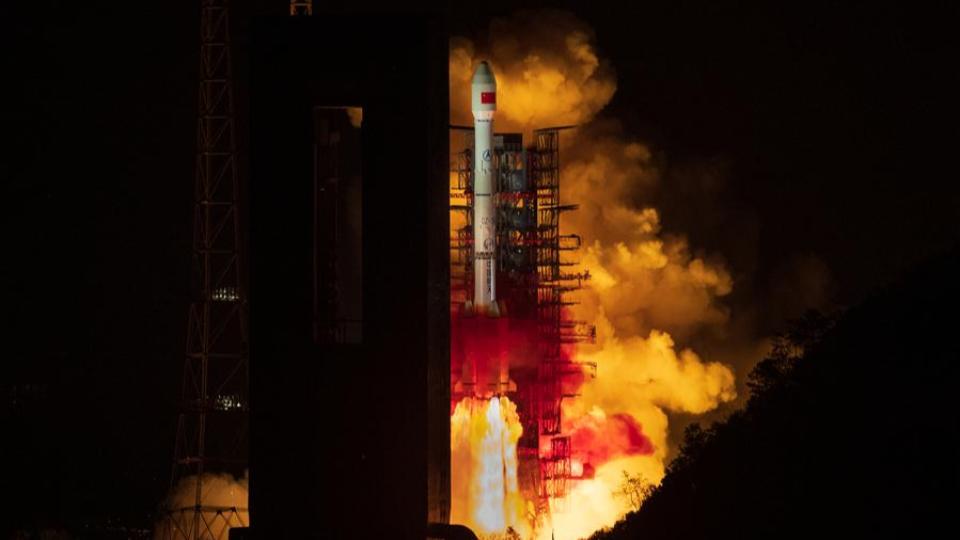
And now for an update on last week’s “What’s Up.” It turns out that the piece of space junk that’s gonna hit the Moon next month is not, in fact, a Falcon 9 upper stage, but is actually the third stage from the Long March 3B that launched the Chang’e 5T1 spacecraft towards the Moon in 2014.
The story behind the revised identity of the stage goes as follows:
Back in late 2014, an object was spotted near the Moon days after the launch of the DSCOVR spacecraft, at the right time and brightness to be expected for the Falcon 9 upper stage. At the time, that was good enough to label it as the second stage from that launch.
Flash forward to this month. Bill Gray, the person who identified the object as the DSCOVR stage in 2015, received an email from a scientist at JPL. The object expected to hit the Moon couldn’t be the DSCOVR stage, because the DSCOVR spacecraft itself was in a completely different part of the sky at the time, and the upper stage wouldn’t be in a different location.
Bill went back to launches in 2015 to see if any of them could be the mystery object. It needed to be bright and launched just after March 2015. Chang’e 5T1’s third stage fit the bill. He ran the orbit back to just after launch and saw that it started in China and flew very close to the Moon only a few days after launch, closer than DSCOVR. As well, one of the secondary payloads had its own set of tracking data, and it was very close, too.
One of the interesting things about the stage, and one that even amateurs can try, was to receive radio signals from a payload on the derelict upper stage. It was called the Manfred Memorial Moon Mission, and it was a 14-kilogram payload with a radio beacon and a radiation sensor. The radiation sensor broke 215 hours into the flight, but the beacon worked. Amateur radio operators tracked the stage by using the Doppler shift of its signal until fourteen days after launch, 100 hours longer than it was expected to last. A total of 75 operators received signals from the spacecraft.
The mistaken identity of the stage would have been noticed earlier, but debris in lunar crossing orbits doesn’t bother anyone except asteroid surveys, so no one bothered to calculate its orbit. Also, they’re harder to track than objects closer to Earth even though they’re bigger than the ten-centimeter objects the Space Force usually tracks. In this case, the object literally slipped beneath the radar.
So where is the second stage that launched DSCOVR? It’s probably in solar orbit. Objects can’t stay in Lagrange 1 (L1) where DSCOVR is without propulsion, and the stage was drained of fuel and power only hours after launch. So it probably sailed right through L1 and now goes directly around the Sun.
And now for something entirely different, we go to Beth for an interview with TESS scientist Katharine Hesse.
Interview
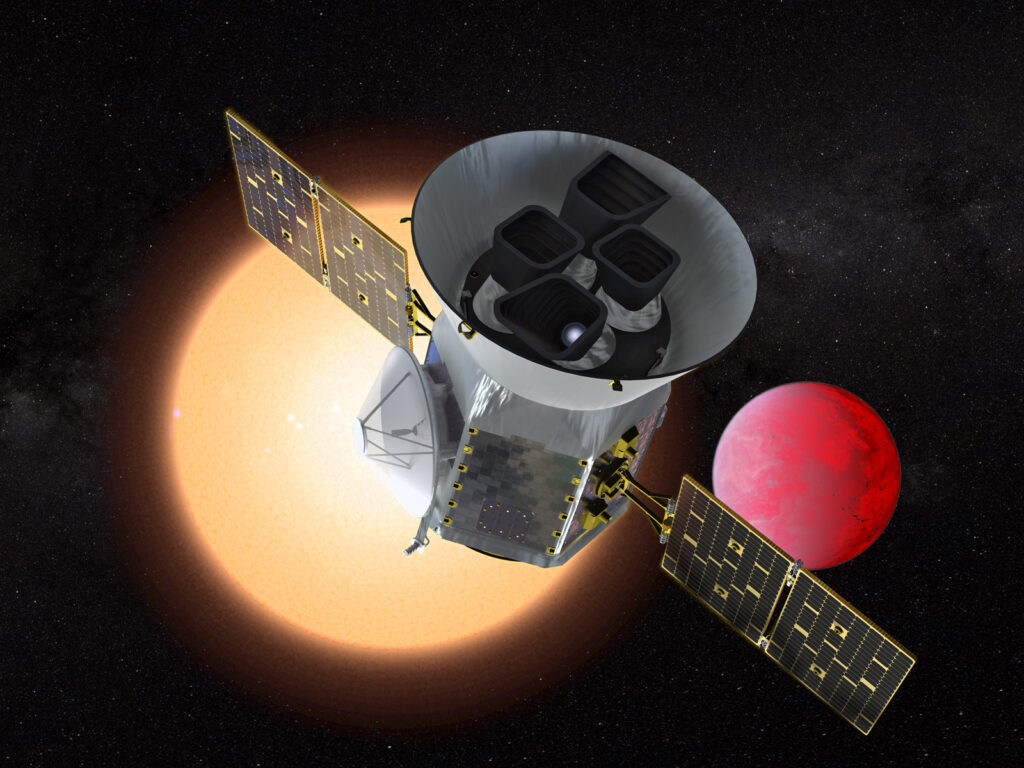
MIT’s Kavli Institute for Astrophysics and Space Research recently announced that the TESS object of interest (TOI) catalog has passed 5,000 planet candidates, with most of this recent batch coming from the Faint Star Search. Currently, the TESS mission is in its first extended mission, which is expected to run until at least 2025, and their catalog of candidates has more than doubled in the past year.
Joining us now is Katharine Hesse, the TOI manager for the TESS mission.
Thank you for joining us, Katharine, and welcome.
[Transcript unavailable]
It’s been great having you here today, Katharine. Thank you again.
This has been the Daily Space.
To all of you watching, this conversation ran longer than we can air here on NowMedia. You can catch the interview in its entirety on our website, DailySpace.org.
While you’re there, check out our show notes to find more information on all our stories, including images. As always, we’re here thanks to the donations of people like you. If you like our content, please consider joining our Patreon at Patreon.com/CosmoQuestX.
Credits
Written by Pamela Gay, Beth Johnson, and Erik Madaus
Hosted by Pamela Gay, Beth Johnson, and Erik Madaus
Audio and Video Editing by Ally Pelphrey
Content Editing by Beth Johnson
Intro and Outro music by Kevin MacLeod, https://incompetech.com/music/


 We record most shows live, on Twitch. Follow us today to get alerts when we go live.
We record most shows live, on Twitch. Follow us today to get alerts when we go live.